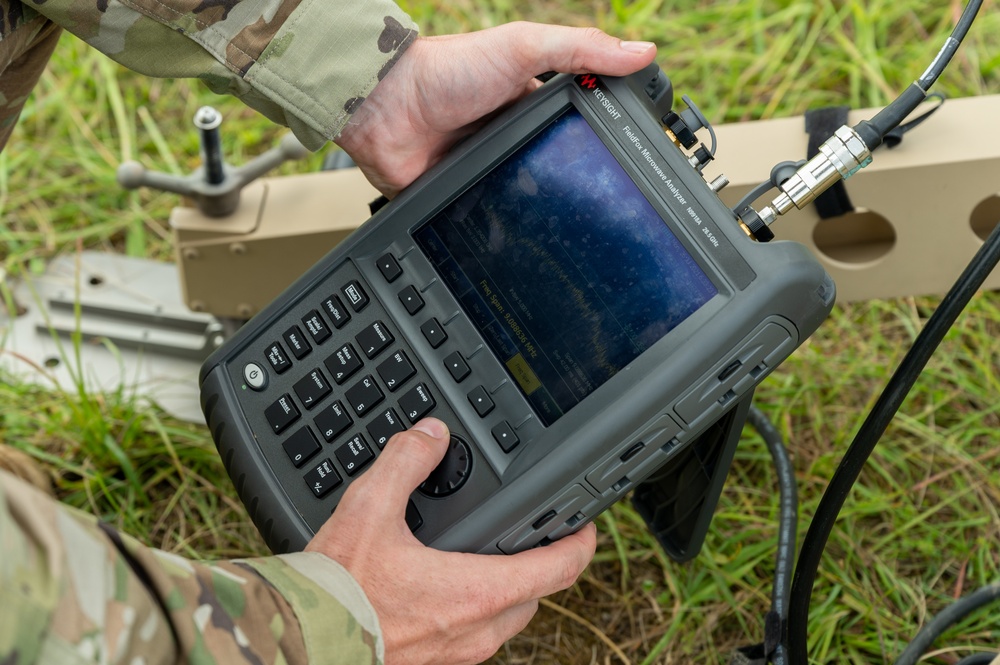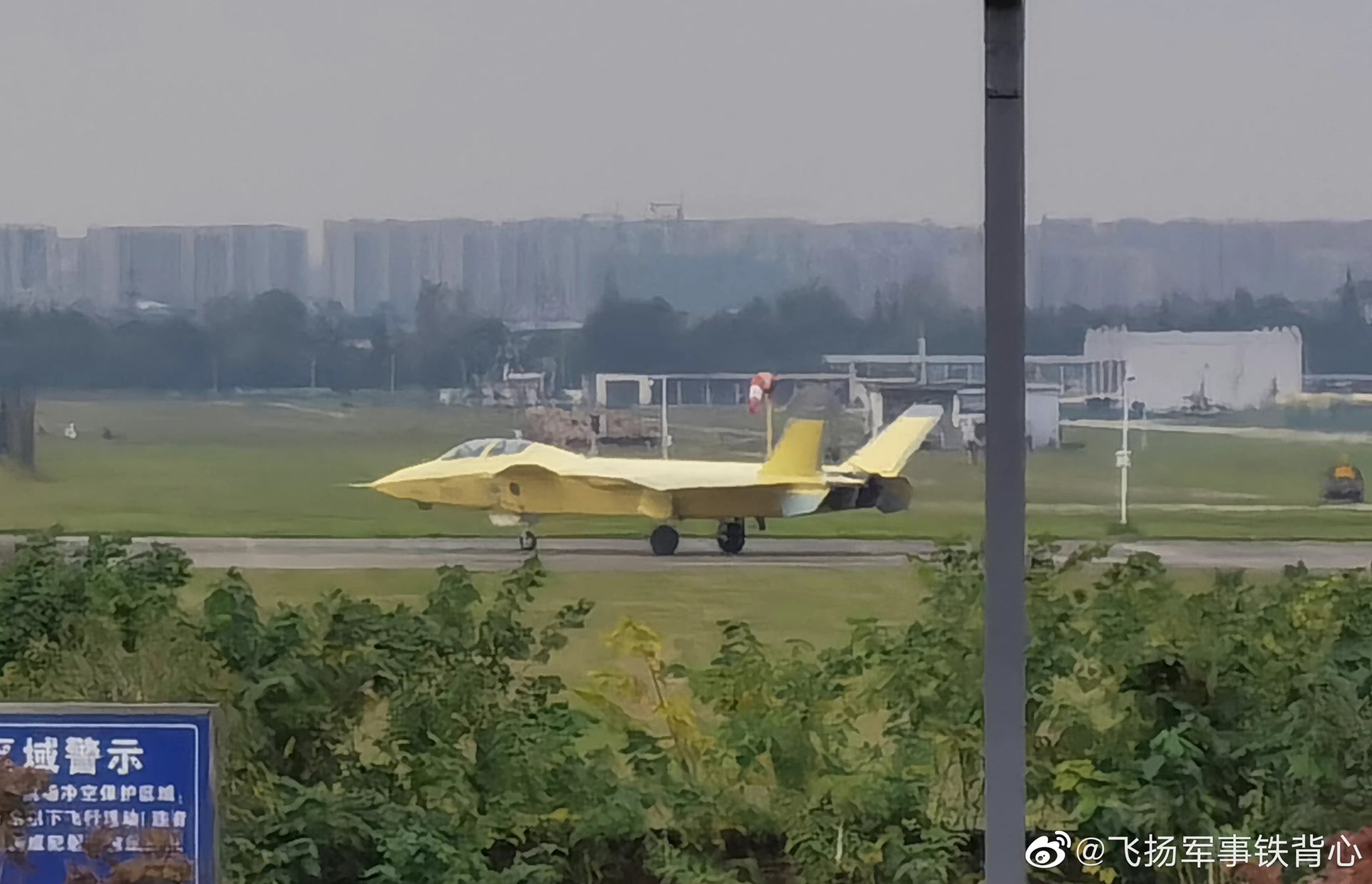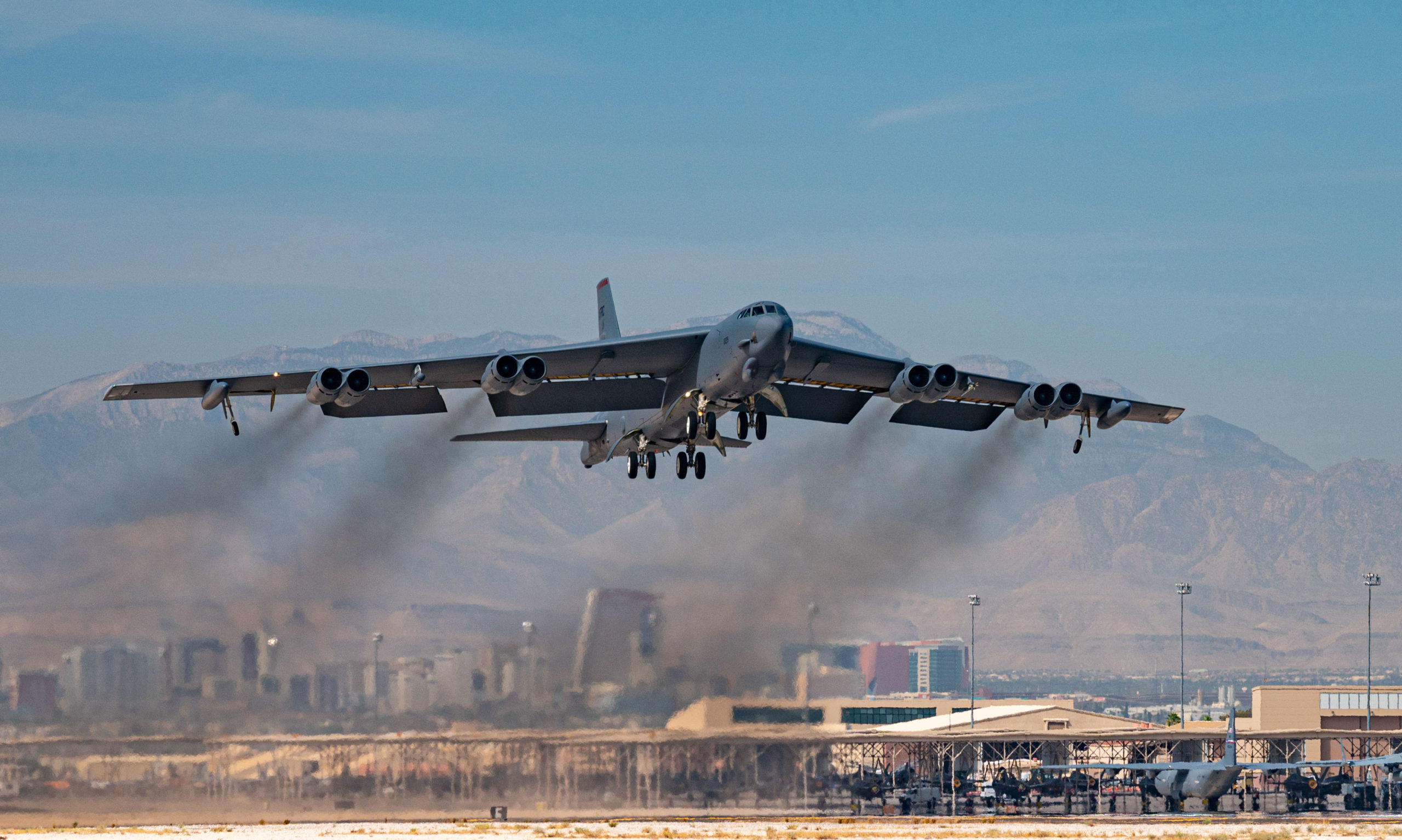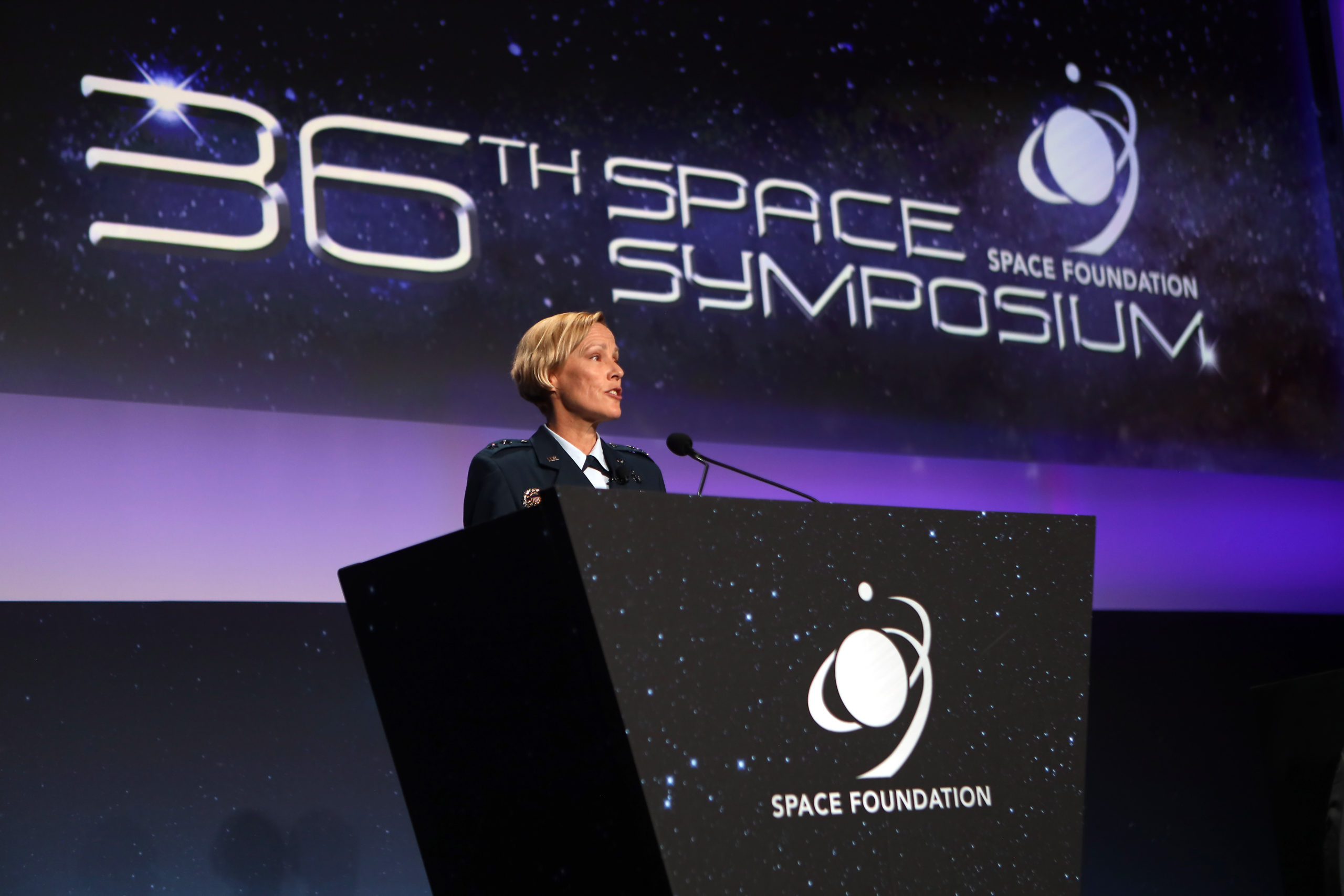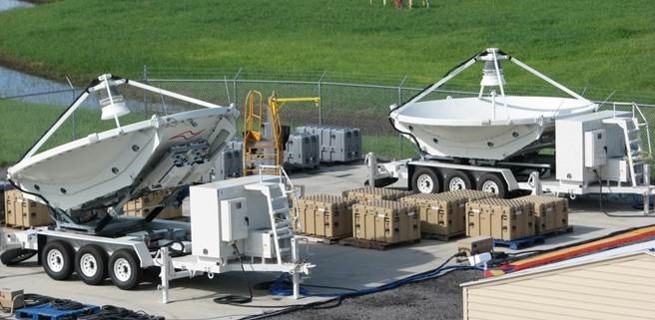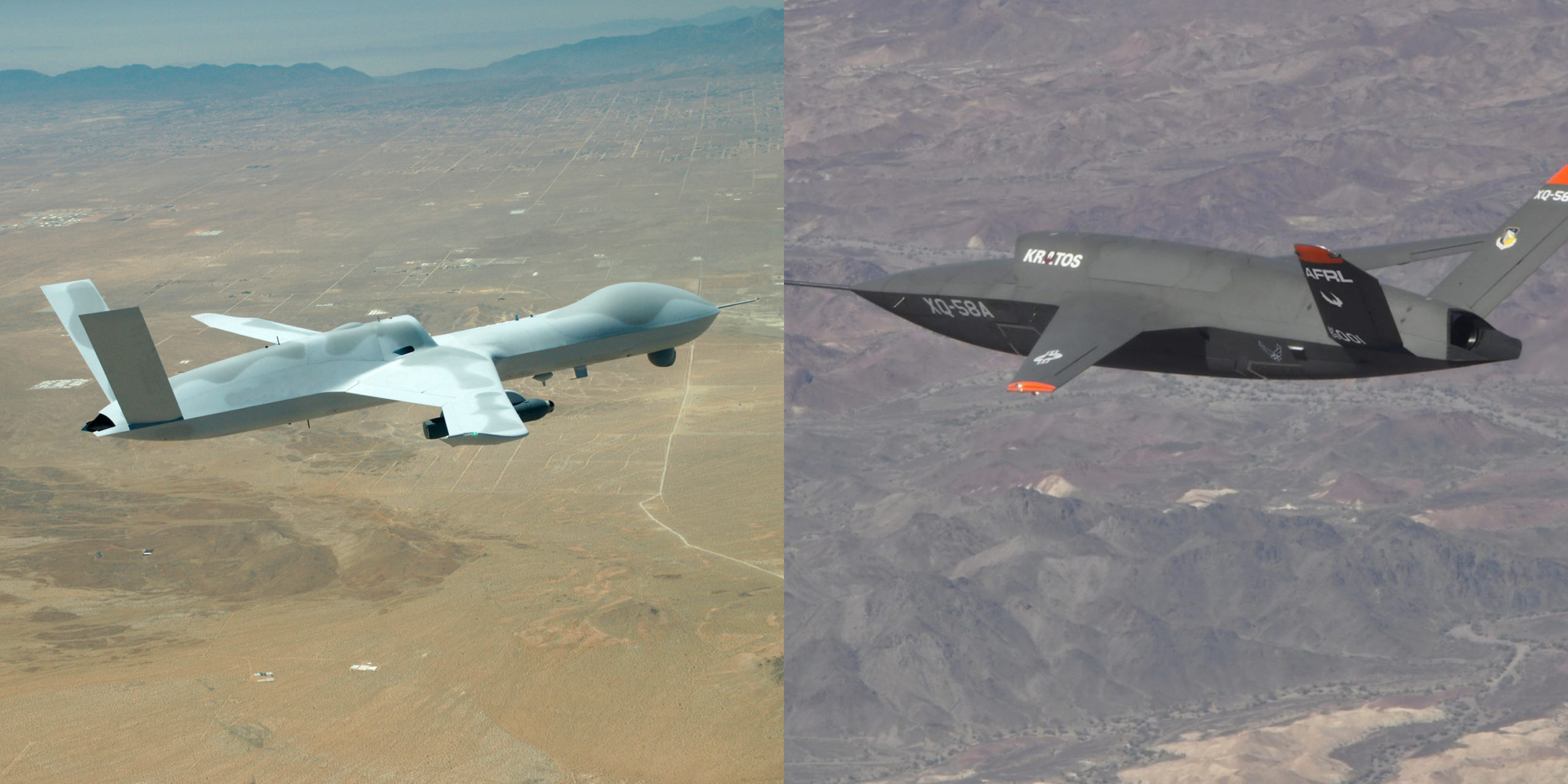The Department of Defense is prototyping new spectrum management technology that lets artificially intelligent software route radio communications and wireless data links to the best frequency available, taking account of congestion on the airwaves and even enemy jamming.
The prototype, dubbed OSCAR, for Operational Spectrum Comprehension, Analytics, and Response, will be developed and tested at five aerial combat training ranges—the National Training Center at Fort Irwin, Edwards Air Force Base, Naval Air Weapons Station China Lake, and Naval Air Station Point Mugu, all in California; and the White Sands Missile Range in New Mexico.
The news comes amid increasing congestion of the electromagnetic spectrum (EMS) and growing concern about peer adversaries such as China who might be able to hack, jam, or intercept the globe-spanning EMS communications upon which the U.S. military relies.
“The nation has entered an age of warfighting wherein U.S. dominance in air, land, sea, space, cyberspace, and the electromagnetic spectrum (EMS) is challenged by peer and near peer adversaries,” states the foreword in the Defense Department’s October 2020 Electromagnetic Spectrum Superiority Strategy. “These
challenges have exposed the cross-cutting reliance of U.S. Forces on the EMS, and are driving a change in
how the DOD approaches activities in the EMS to maintain an all-domain advantage.”
Peraton Labs announced the three-year, $18 million contract award from the DOD Office of the Undersecretary for Research and Engineering on Oct. 26. The company’s Vice President for Network Systems Sunil Samtani, said aerial combat training is an excellent use case for the new technology. Like a video game, it requires enough bandwidth to project simulated enemy targets onto the visual displays of the trainees and maneuver them in real time.
“Flight training is a really, really hard problem,” explained Samtani. “When you are doing live virtual constructive training, you have the [trainee] fleet in the sky, and then you have a lot of emulated assets”—pretend enemy aircraft, basically—“being generated on the ground. And you have to pass information back and forth, pretty much in real time [and with high fidelity] and that requires very high bandwidth, so you can get spectrum congestion, you can get different communications devices interfering with each other.”
OSCAR relies on the increasing virtualization of radio frequency (RF) technology. Modern communications equipment is software defined—capable of switching wavelengths and even waveforms at a moment’s notice, simply by running different code. These software defined radios “will have an interface OSCAR can plug into, that will allow it to dynamically manage the frequencies being used,” Samtani said. If one wavelength is too crowded, or being jammed, OSCAR simply instructs both the transmitting and receiving devices using that frequency to reconfigure themselves and switch to another, less crowded or unjammed, part of the spectrum.
OSCAR connects to the software-defined equipment via a control plane—a separate channel from the one carrying the data or voice communications the device is transmitting. Samtani explained that OSCAR’s machine learning algorithms crunch data derived from signal processing by its sensor network and identify the optimal frequency for every conversation, to avoid both congestion and jamming.
“Some of these radios can be configured for spectrum contestation. You can run them in an LPI [low probability of interception], LPD [low probability of detection], or anti-jam mode, Samtani said. “OSCAR’s algorithms can tell the difference between an issue of congestion or accidental interference and something coming from an adversary” and would automatically trigger either stealth or anti-jamming modes as appropriate.
For legacy communications equipment that can’t be reconfigured on the fly to use a different frequency, OSCAR will suggest an “exclusion zone” for the frequency it uses—keeping other users of that wavelength out of the area where they might create interference, perhaps only during key moments for the mission using the legacy kit.
“OSCAR doesn’t just coordinate frequencies, but time and space as well,” Samtani said.
Current spectrum management approaches lack the automated dynamic orchestration OSCAR offers, he added, and are at best useful for gaming out a manually operated spectrum usage plan.
“This is a system that goes beyond the current state of the art in terms of spectrum management,” he said.
The communications user won’t notice anything, except perhaps better communications quality than they’re used to, Samtani said. The frequency hopping can happen completely automatically, or as just a series of suggestions to the spectrum manager, depending on how OSCAR is configured, he said.
Samtani explained that OSCAR would provide spectrum managers with a “common operational picture” of their spectrum resources—showing which assets, where, are using what frequencies. The manager can see all assets on the range using spectrum, Samtani said, “even ones he or she didn’t deploy … There might be squatters out there who are using spectrum. The manager can see all that in a single picture.”
OSCAR employs a sensor network—deployed across the range—to collect the data which makes up this common operational picture and is displayed on a map-based dashboard. The dashboard also doubles as an operator console, and OSCAR will offer the spectrum manager options for ensuring the smooth functioning of data and voice communications.
“They can’t wait to try it out,” he said of the spectrum managers at the five ranges.
